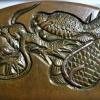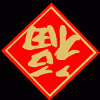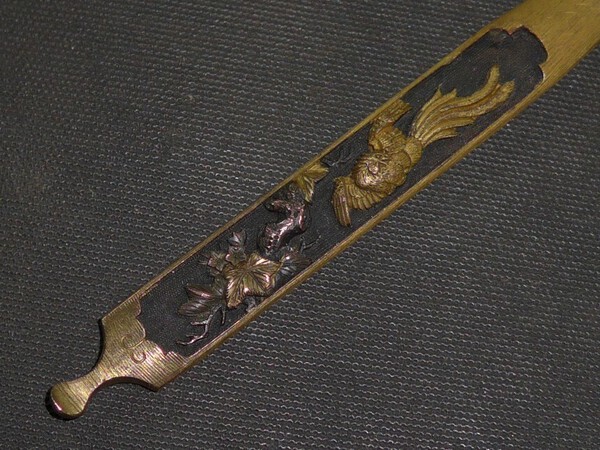Leaderboard
Popular Content
Showing content with the highest reputation on 11/19/2021 in all areas
-
Friend from UK sent me some very old issues of Tōken Bijutsu for my collection and while going through them I found something very interesting for this thread in magazine number 101. Naginata by Echizen smith Sadakuni was featured as one of the kantei session items. It has very similar horimono to the one in this thread. Unfortunately my Japanese language knowledge is not up to par yet but I think the final sentence / 梅の彫も越前物である would mean that this type of plum horimono was made in Echizen.5 points
-
Mark Before spending too much money, may I recommend you get in touch with Chris Hill (nickname here: Valric) from Switzerland, who is also on this board. Perhaps you two could find some common topics and he has some good views, blades and knowledge to help you formulate your interests.4 points
-
Item No. 161 Iron Tsuba with silver and gold detailing 7.82 cm x 7.58 cm x 0.65 cm Subject of geese and moon unsigned , feels mid 19th cent. Clever design of a popular subject with thin gold lines representing mist or high , thin clouds . The shape of the wings echoed in cloud tops , the whole scene illuminated by a full moon. Item No. 162 Iron Tsuba with gold detail 7.18 cm x 7.58 cm x 0.45 cm Subject of Carp leaping above turbulent waters . Signed Eiju with gold seal . Acquired 5 years ago as part of a large auction lot.3 points
-
3 points
-
Just to offer an alternate view... with absolutely no judgement on you personally Bob, I'd say that Myochin "armor-tsuba" doesn't need any papers at all. Even IF it turns out to have been made at a later date by someone else, it still required the exact same amount of work and skill to produce as one that was made earlier. That particular one was very well made... as good as they get (from my experience). Personally, I think the mei on this type of tsuba is almost irrelevant, because these were essentially "salesman samples" made by armorsmiths. Now for some pure hypotheses: I'm going to make the assumption that many of these armorsmiths would have been "local" and already "known" by whoever acquired one of these tsuba from them... hence no mei required. I would think you'd only have to put a mei on one, if you had some competing armorsmiths in the area, or you wanted to make a "salespitch" in a new area. Brand identity and all... From a collecting standpoint, a mei on one of these "armor-tsuba" would simply be a little "bonus" to pinpoint who made it, and maybe place an approximate date to it, otherwise I think the more important thing to look at is the craftsmanship, regardless of who made it. Just some food for thought...3 points
-
2 points
-
What I can say is that of the decades I have known Eric, seen and spoken with him at shows and seen his swords I have not heard that he has polished him own blades. Everything I have seen of his was in professional polish, new or old restoration. I have a bit of skepticism if that is what has been said (polishing his own swords), but just going off personal experience. Best regards, Ray2 points
-
I agree with Michael that this is very interesting and at the same time extremely complex topic. Personally I am not good at finacial / business mindset and even though I have been following the market for items that I find personally interesting for multiple years, I get very often puzzled by item pricing. I do consider myself as historical collector first and not an art collector, therefore I might value some things differently than those aiming for top end historical art swords. However I think that art collecting and historically focused collecting are definately not excluding each other as very often the same item would be held in high regard in both mindsets. I took Yasumitsu as an example as I knew I had great variation that I could find easily but I think similar thing can be seen in work by any smith (excluding the super top / extremely rare). And you can look into how great gap between high vs. low tier some mumei attributions have, and that is one very complex field to step into. I think at one end of the scope are the items of which only few comparable items are remaining in the world, pricing of those can be extremely difficult (some can be priced very highly while some can seem to be priced much lower than one might expect). Of course I think dealers are the ones who would have the best grasp on the current market. They are pricing the items to the prices they see potential for the items. Personally for me collecting is about emotions. Not the most logical or financially best way but I feel I must be emotionally attached to the item. Therefore I would be willing to potentially pay above market prices on the items I really like, while I might not go for higher quality item that would be financially and logically a better deal.2 points
-
Dear Bryan. Trystan has translated the writing on the shirasaya and the sword matches this. Hoshu Takada ju Fujiwara Yukihisa saku. Forgive me if this is obvious but that translates to something like, Made by Yukihisa of the Fujiwara in Takada in Bungo province. In this case it is quite likely that the sword did not have any additional kanji though it is tempting to think one or two might have been erased above the ones that are there now. This means that it is an older sword made by a prolific school, the Bungo Takada school. My references list four smiths, working between 1480 and 1661, my personal guess would be that this is a Koto sword so perhaps one of the two working round 1570 - 1580. It is quite common for the sayagaki to be written well after the sword was made and in this case it was written to confirm the mei as Yukihisa but also to add that he was from the Bungo Takada school. All the best.2 points
-
As Bruce has correctly stated, it’s an authentic sword, and in military mounts, though the blade itself is a lot older, and quite likely from the Edo era. However, whether the signature is genuine is another question… I have attached some shoshin (genuine) examples of Masanori’s signature for you to compare yours with.2 points
-
2 points
-
2 points
-
Looks like a Heianjo school tsuba with a "water wheel" theme, but it has lost the majority of its brass inlays. It would have been a real looker in its day. From the shape of the hitsu-ana (the tall narrow oval hole), my hunch is that its an early piece with a fair bit of age to it. Pretty cool to think of how long it's been around, and how many swords it's been on. Nice piece of history there so don't feel shy about it.2 points
-
2 points
-
Roger, in response to your question: I'd say "whatever floats your boat"! If there's something about a tsuba that grabs my attention for some reason, then I'll often let some "condition issues" take a back seat in the decision making process. It really depends what your budget range is, what stage you're at in your collecting, whether or not you want to add a certain shape or style to complete some sort of visual display, or for study purposes (like Ford pointed out), or even sometimes just to play around with "salvage" techniques and rescue something form the dead! ***Just be mindful of what you "experiment on" so that you don't erase the historical value of something that should be "preserved" rather than "restored". Save your experimenting for the ones that look like they made it through the zombie apocalypse. I also see some stupid prices for poor quality modern day castings for people to ornament their swords with... ,but I always wonder WHY people do that when you can easily buy a legitimate, hand worked, skillfully crafted, period tsuba for far less money! Granted, it's probably not going to be signed or be made by some renowned school, but it'll be an authentic antique tsuba that you can appreciate and admire for what it is and whose hands it has passed through in the past. BTW, I personally own a genuine "raft and cherry blossom" tsuba with gold accents on the blossoms, that I paid less money for than that horrible casting... There are some really nicely crafted antique tsuba that can be purchased in the $60-100 dollar range, that could use just a little TLC and not some dramatic overhaul. That's not counting the extra fees, shipping and customs that comes along with buying from Japan, but still, it ends up being far less expanse than a $200 modern piece of cast garbage that they really should only be charging $10 for anyway... This one just sold for $50 USD! You can't go wrong with that and whoever won it, got a great deal! All that is just to say, have at it Roger As your collection grows, you'll eventually part with some of your earlier purchases, and those ones will be "just right" for some other collector who is just starting out. And at least these tsuba won't end up completely wasting away somewhere as piles of crumbling rust. That's my two cents...2 points
-
Marki, I just skimmed this thread, but will comment that the sword you posted appears to be a very stout sword, long, thick and heavy, as is typical of Koyama Munetsugu. Some collectors find the Hamon of Munetsugu, and his student/son Sokan to be slightly repetitive. I own both a Koyama Munetsugu and a Sokan (tanto and katana respectively) and find them to be very pleasing blades. At the price that is being asked for the one you are asking about however, I would say that the mounts must be of outstanding quality. I think that a TH Munetsugu in just Shirasaya, even one of this size, would be half of that price, so if you are seriously interested in this blade, you should be sure that the mounts have great value. I didn't see photos or descriptions of the mounts enough to tell whether they are highly important.2 points
-
Brian, the most valuable commodities in sword collecting are knowledge and experience. These can be had a myriad of ways, but extensive reading, attending sword shows and, if you have the inclination, buying and selling in order to learn by ones experiences and, especially, mistakes. With these things, and hard work, there are still plenty of undiscovered treasures that you can unearth at sword shows or on eBay or in other auctions. They are still rare, but can be found. I am aware of friends finding important swords or fittings, and I have found a number of them myself, at prices less than $3000. Of course, they will usually require shinsa, restoration, more shinsa etc. If this is one's temperament, a person can build a wonderful collection on "sweat equity".2 points
-
2 points
-
Thought I would show this sword which came via a local dealer from the family of the owner of this sword who proudly displayed the sword under its certificate for years ... The sword shows it as been used during the War the wrap as gone like leather and the rank tassle as seen better days. The steel saya as some battle damage and the sword hanging chain was attached to the sword and wrapped up in the linen bag. I believe the blade is a oil quenched blade the handle was stuck tight on the tang and when I eventually removed it a large amount of debris fell out of the handle !! Thanks Gareth1 point
-
Hi all, can someone please help with any info about this sword? All I know about it is my grandfather brought it home from new Guinea during ww2 and said it was an officers sword, it has some inscription on the tang but im not sure of translation either a name katsunaga or maybe individual words as victory forever? I really have no idea any help would be much appreciated, thanks1 point
-
Dear All. Not wishing to detract from the thread with regard to the Gunzuko ito colour, the strands on the saya, as opposed to the tsuka look very much like a bootlace to me. All the best.1 point
-
1 point
-
Thank you kindly folks. I greatly appreciate you helping me get information on this piece. It has sat for many years and it’s great to know the history behind it after all this time. Not once did I speculate it’s age but I’m glad I inquired for information. Thank you Steve, Trystan, Geraint, and Stephen once again! I appreciate your help in deciphering1 point
-
Jason, welcome to the NMB forum! The signature does indeed look like KATSUNAGA. The only photo that can give us some information on the HAMON lets me believe that this is an oil-quenched military blade, made for WWII. If you could make some more close-up photos without you throwing your shadow on the item, we could perhaps see and help more.1 point
-
Robean, welcome to the NMB forum! TSUBA are mounted depending on taste, era, and money, and have in most cases nothing to do with the blade's manufacturing date. Your TSUBA is a HANDACHI type and might date from the 19th century. What could be said about TSUBA schools of that era is: Several similarities and influences between many schools intertwined at the end of the Edo period.... Your blade is not in good shape and should be dealt with professionally to prevent damage. All you can do is clean it with non-hardening oil (I use camellia oil) and a cotton cloth. You may rub it, but please do nothing more that could attack the metal! Take care that no oil remains on the blade when you put it back in the SAYA (sheath). Moisture in any form is your enemy! You can remove fresh red rust carefully with a toothpick-like tool made from wood, bone, antler, or ivory. Concerning the value, you will find WAKIZASHI like yours being offered for $ 300 - $ 700 in similar condition. Actually, an expert should have a close look at your blade. He might be able to see more of the inherent quality. There are so many points that you are unable to see and which do not show up in pictures. The blade could have been re-hardened (SAI-HA), just to name a point which influences greatly the value of an authentic blade. A professional restoration would surpass the actual value by about 4.000.-- (or more depending on who does the work and what is necessary). That is only my guess, but if you ask some of our respected expert dealers from NMB, they will be able to be more precise.1 point
-
Getting confused with Showa22. Eric is a high end dealer. I'm betting he does zero work on his own stuff.1 point
-
The only thing I can think of is 元亀, with a funky variation of 亀 (of which there are many). But I have no confidence in this: even if it is 元亀, I can't account for the lack of the year number. I would expect 元亀囗年 (or maybe a zodiac year, or possibly 歳 instead of 年). But nothing after 元 really looks like this. The last two are obviously 八月, but the preceding kanji elude me. 元亀 is plausible for a 祐定 smith, but again, I'm on very tenuous ground.1 point
-
Good spot, looks like the straps from a company grade tassel (LT-CAPT ranks).1 point
-
1 point
-
Hi Tim, yes you are correct. This could've been carried by any number of persons during the war but perhaps more likely a civilian contractor for the Army with an equivalent officer rank.1 point
-
Sayagaki is by 清水孝教 (Shimizu Takanari - other possible readings for the given name), dated January 1930. He was a scholar of Japanese swords and author of a Japanese sword index c.1925.1 point
-
1 point
-
1 point
-
Enjoyed reading your take on things so thanks Glen and Dale. The reason for looking for opinions is that last year I bought this old, neglected tsuba from Japan because it was so cheap and I like this design with the 'perforations'- even though it was very much down in condition. I must have been bored at the time, have better examples and wouldn't bother again. It took forever to escape from Japan, costing a lot more in postage etc. Happy to have it but one is enough as far as I am concerned. Here it is below, 60 x 55.5 x 5.5 Thanks again for your thoughts.1 point
-
Having said that, the engraving on the koshirae looks well done, especially the kojiri. It has more than a passing resemblance to late 19th/early 20th century engraving on Naval swords. The blade and its signature is NOT Japanese as has been said, but the koshirae looks as if it has been made by a talented hand IMHO. BaZZa.1 point
-
Looking from the perspective of the Tsuba smith… from the sales angle, surely he would be aware of what sells and what doesn’t and would include subtle motif designs that he could point out to the customer as indicating (with a little imagination) a, b or c. (Special orders apart.)1 point
-
1 point
-
Eric did not say he polish sword...so not sure where you got that from. He's a trusted seller.1 point
-
Hi, His family name is Terada (寺田). Terada Morinobu (寺田盛延) was RJT smith.1 point
-
Marki, if I may ask, why are you starting your collecting with juyo-quality blades? I understand if you're ensuring a blade's provenance, but considering how many more blades you can buy for that price range, I'm interested in your thoughts.1 point
-
No Ford, my bad photo. You are very correct about what you can find under the corrosion, it was a total surprise to me - I have recently had both eye cataracts replaced and can see things now that used to be a blur, but the original image wouldn't have made much difference. What struck me with this guard is the tiny details, so tiny in fact I can't help wondering why they bothered? I mean why go to the trouble of carving details you would be at a stretch to see in daylight with a magnifying glass? It is such a shame that the previous owner/s didn't look after it. [ not that I could have afforded it if it was pristine ]1 point
-
As a rough guide Brian hit the nail on the head and i guess the price range he mentions applies to the vast majority of collectors. Also, as mentioned, it is just a rough guide. You may come across TH swords at low prices if your lucky, occasionally find them on consignment by someone that just wants a quick sale You might come across cheaper swords that may not have been made by higher ranking smiths but are appealing because they are quite rare and not seen for sale very often All depends on your budget and what appeals to you1 point
-
Directionally right but some major misstaments. You cannot get a JuBi in the 70-125k price bracket unless I suppose it is completely discredited, so effectively one of those 30% of JuBi that everyone knows is not right but kept as such due to a historic attribution. Even the discredited ones are north of 18-20m yen and the good, legit ones are on average close to 30m yen. So if you can find us a good Kamakura Soshu or Bizen or Yamashiro JuBi in that price bracket, I would be curious to learn what it is please. One could take the risk of having it declassified and repapered. An obvious omission in that quote is the 20-40k bracket, where one can get all sorts of what is being referred to above as “junior” Juyo. To throw some more oil in the flames: Juyo in the criteria of NBTHK is approximately at the same level as JuBi and TJ at the same level of JuBu. So you could have a marvellous sword at TJ which is better than some JuBu blades (different categories : one a central government designation and the other - NBTHK one). But in all of that, people are becoming focused on papers as a proxy for quality or smith or importance. Using such shortcuts is dangerous.1 point
-
Thanks everyone for your replies so far; it is appreciated. Even as a very early collector, I know the subject and question has multiple considerations; however, I also intentionally left it open ended. Sometimes you don't know what questions you should be asking and may be surprised of things you never thought to ask about. I collect for my own interest and not for resale. I have been reading, studying, watching auctions in other countries and domestically...almost on a daily basis since April this year. Which, is no time at all in the larger picture! I am looking forward to a lifetime of learning. Best to you and yours, Brian1 point
-
Apologies for the delay. This little package has now gone off into the postal system 'by air', so it's four-leaf clover time. The post office took my money but then warned that it could take some time.1 point
-
I have discovered two sites that are offering tsuba and related pieces at frankly impossible to believe prices. https://www.hispidair.top/index.php?main_page=index&cPath=34_186&page=1 Which has a wide variety of pieces both antique and more modern. The third item listed is a Nanako-ji shakudo guard with a single gold chrysanthemum flower. https://www.hispidair.top/index.php?main_page=product_info&cPath=34_186&products_id=29082 - selling for $40 knocked down from $490 . . . . Now that is a bargain, or is it? Likewise this site https://www.phasiaon.top/index.php?main_page=advanced_search_result&search_in_description=1&zenid=advanced_search_result&keyword=tsuba&inc_subcat=0&page=1 which from the top tab address has the same logo and layout, yet listed under a different business name. They are selling a lot of ebay items - how they can offer them at a tenth the price is very suspect. I recently 'purchased' a hard to get Japanese book from a similar type of site for a bargain price - despite several communications asking why there was a delay in shipping I was told not to worry, it was because of covid delays - be patient. However after several months it was a no show. Getting my money back was a nightmare - the company evaporated into the ether and Paypal were reluctant to reimburse me because the time period for complaint had lapsed - all part of the bogus company's business plan. Sell anything at cheaper than normal prices, then get out and change their business name and do it all again. No product, all profit and they can't be tracked down. https://www.xnlmqiavscz.com/index.php?main_page=product_info&products_id=567341 is an example from another site, modern but at least a third the price of comparable pieces. Anyone interested in purchasing the $40 shakudo on spec? If you do I will double your money if you can send it to me! But honestly it's a gamble I am not prepared to take anymore.1 point
-
Alex, the spider TSUBA is probably a fake! Spiders usually have eight legs!1 point
-
Once again, thanks Piers for your input- really encouraging to get your take on things and knowledge. In the past I might have posted a tsuba for comment and nothing came forward, no comment at all, which puzzled me until I realized that it probably wasn't worth commenting on ! Roger j1 point
-
No matter what I write, it doesn't help you anymore. However, I’d like to use this opportunity to will be a lesson for others. Items made with the same mold have repeatedly appeared in Japan, these may be alone or in combination with tsuba as I posted. In the case of a set, the damage actually occurs in units of thousands of dollars. Please be careful, too.1 point


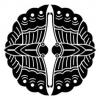
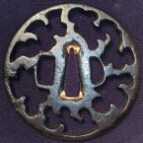






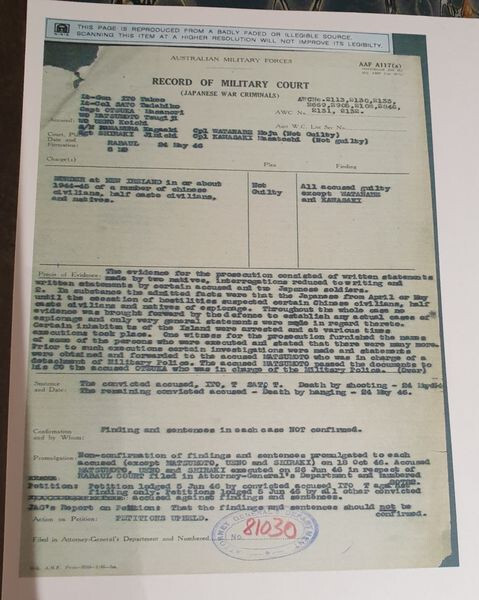


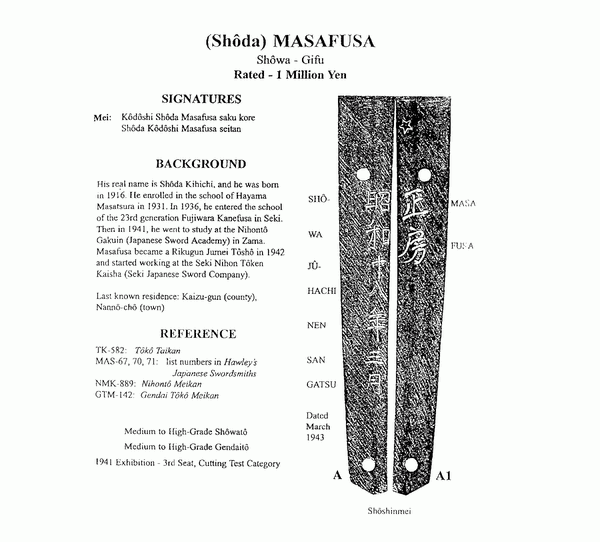
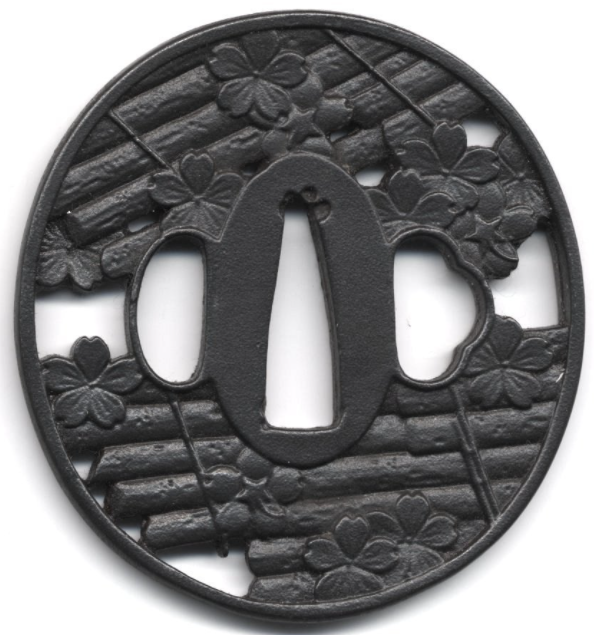
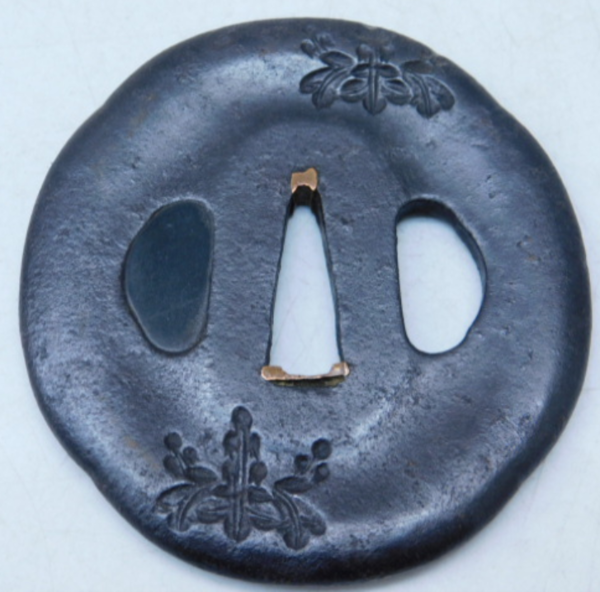
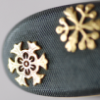




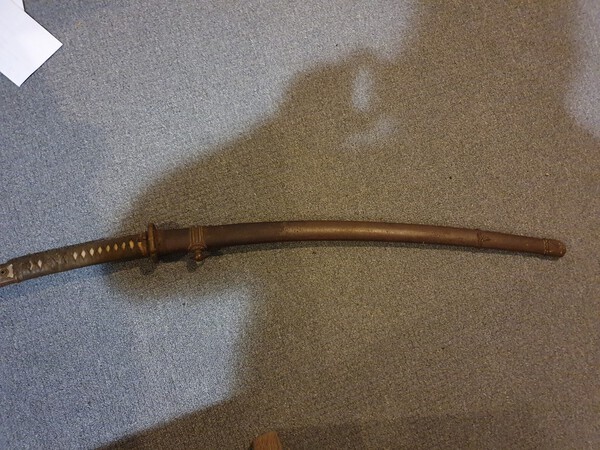


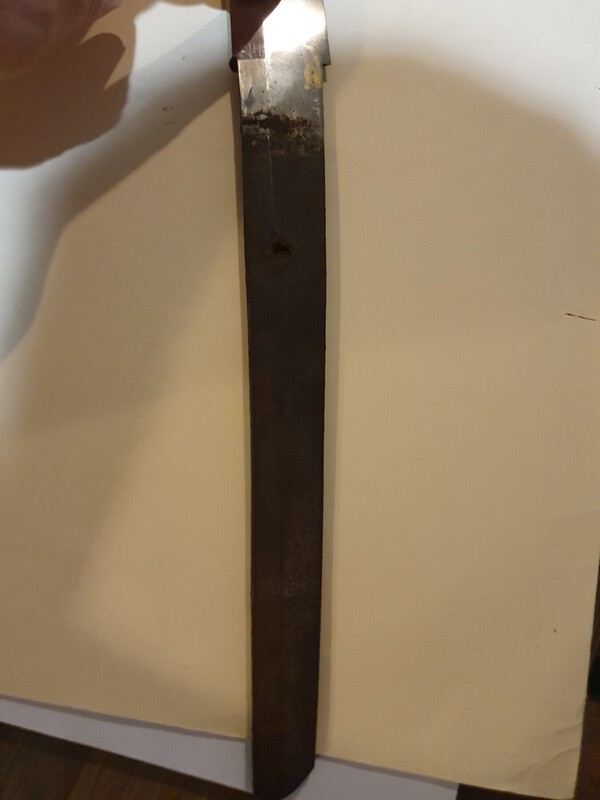


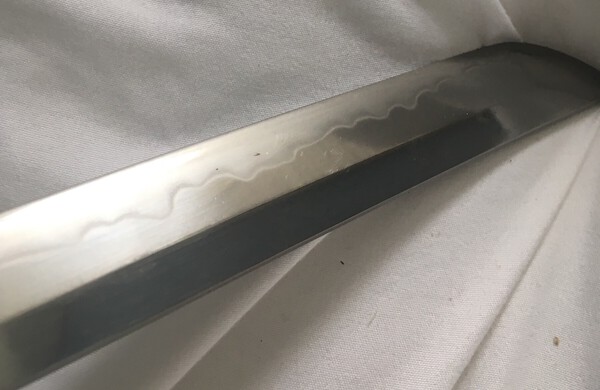

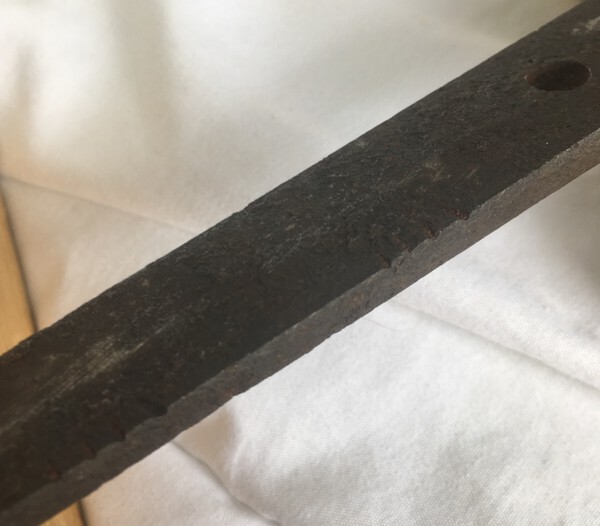



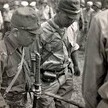
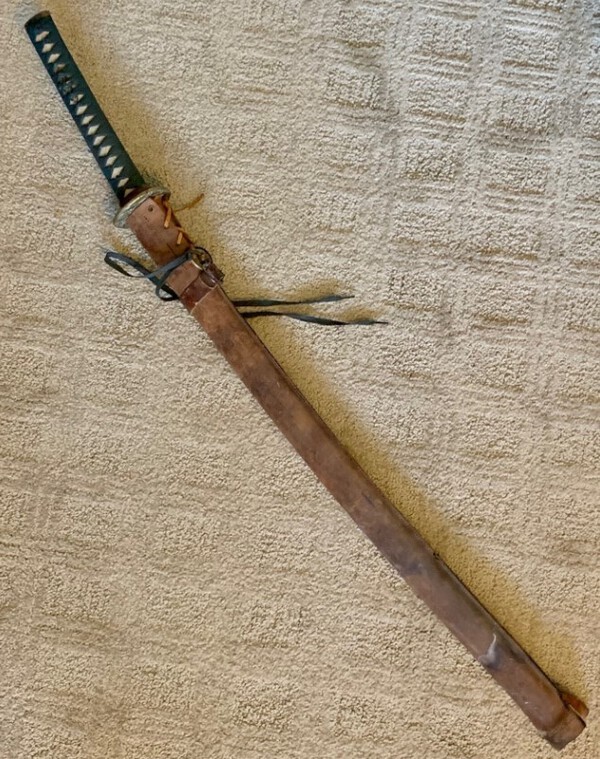
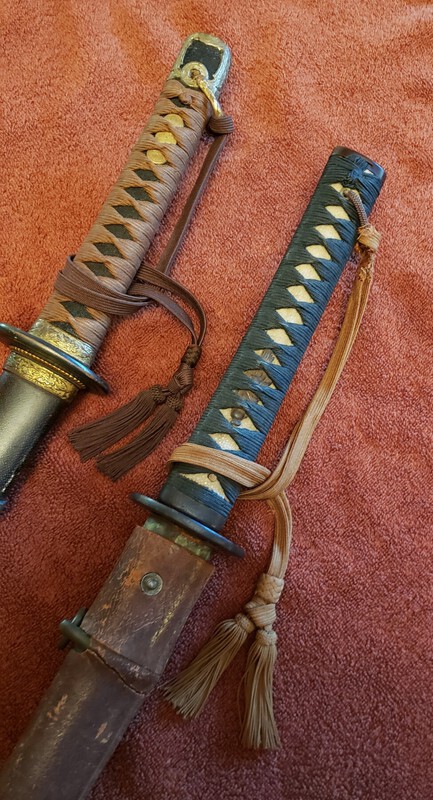
.jpg.4c0a260d4027cf8adc9be01132b315d1.jpg)
.jpg.e5432db21cb174418ef9b22bd13fc9a5.jpg)






